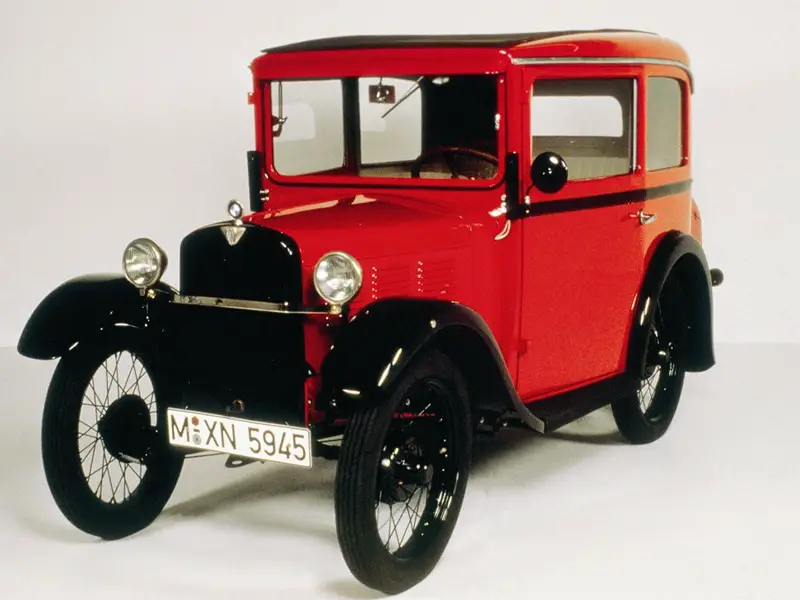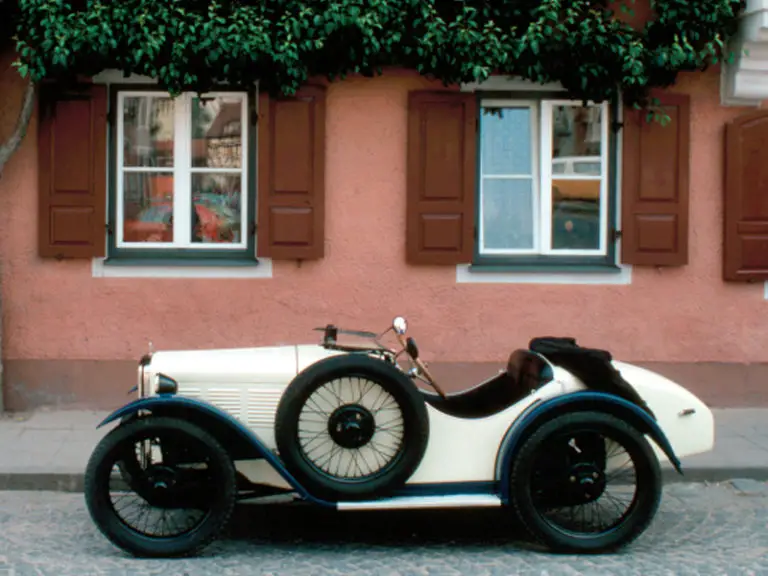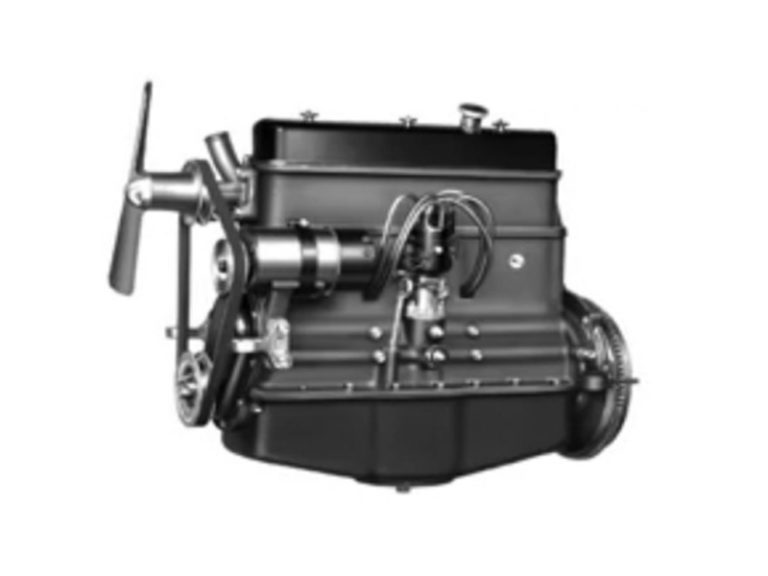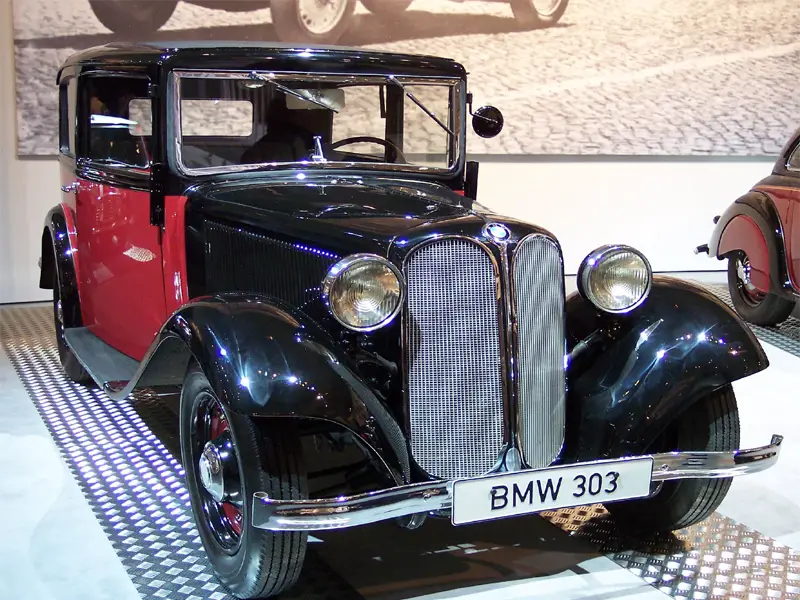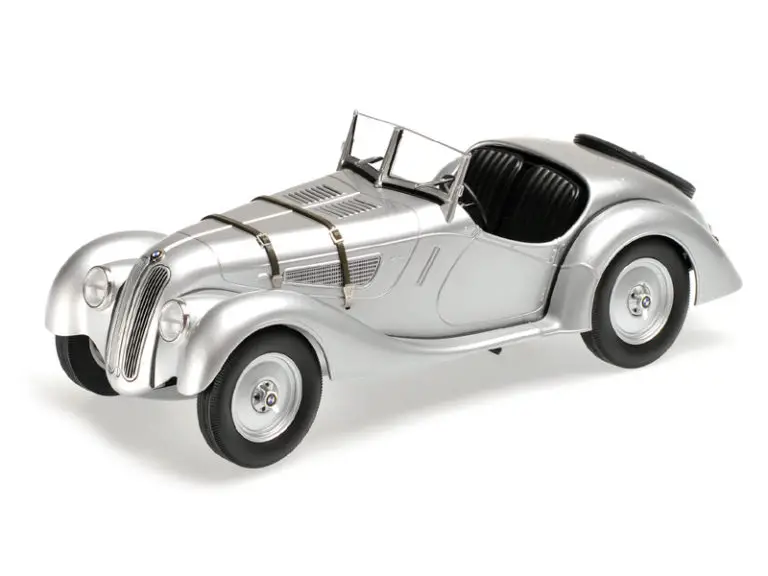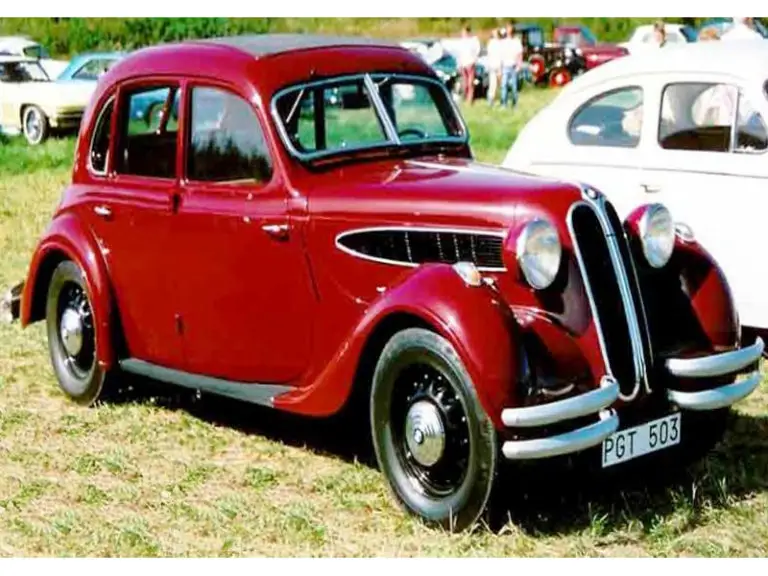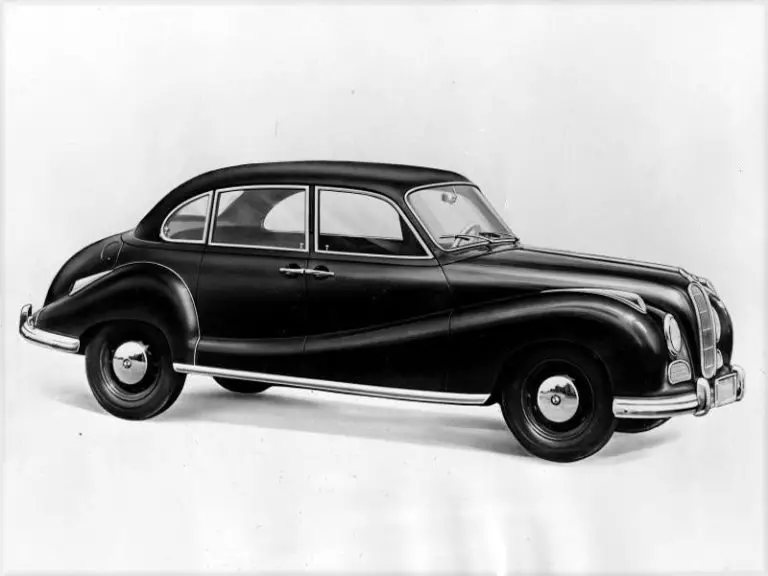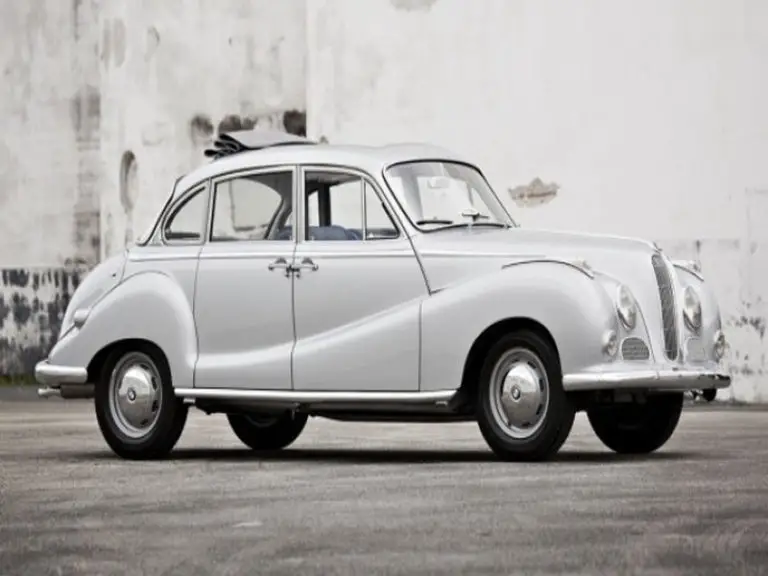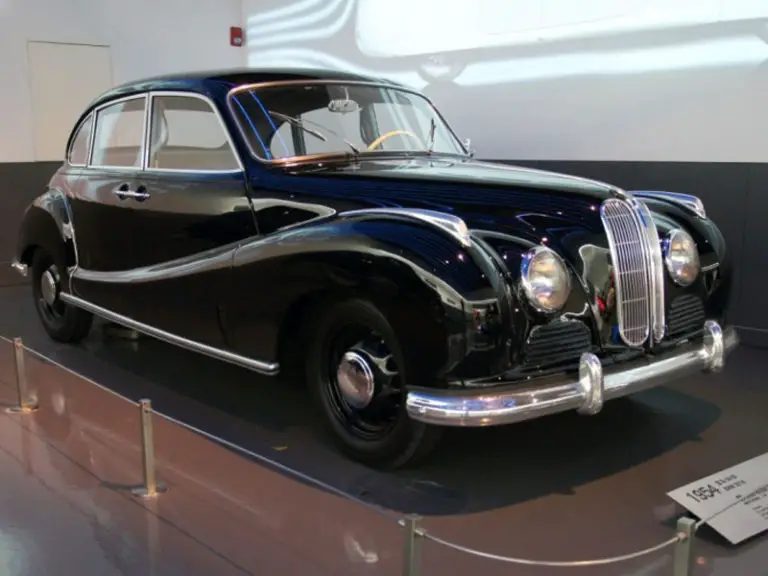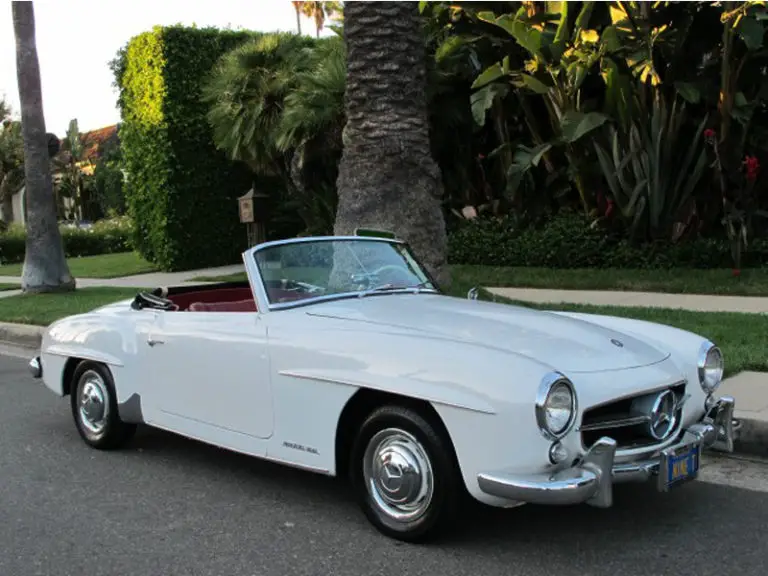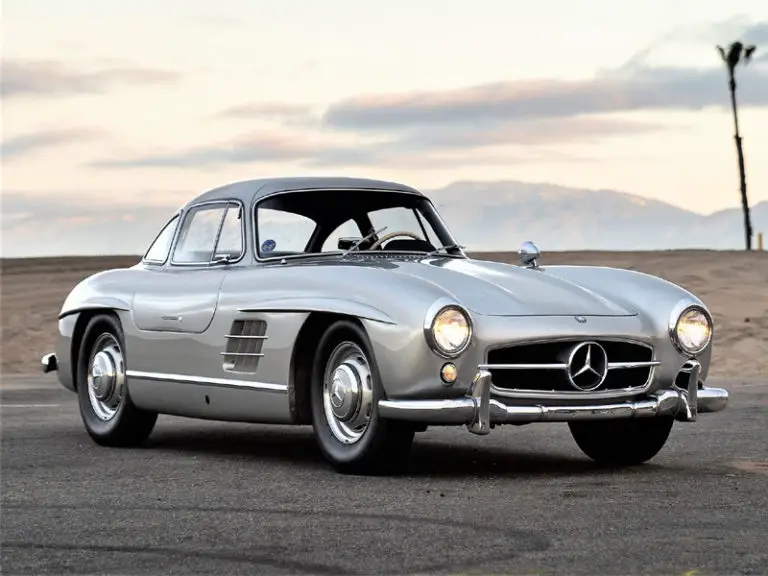BMW car history
How BMW started in 1916
In 1916 with a history of producing motorcycles , aircraft and cars. The company had no good machinery insufficient skilled labor and very small and old workshop. These factors affected production considering their engines to be built belong to the government.
1917
By 1917 max evade man held about 80% of the shares in Rapp Motorenwerke most of which he got from his father-in-law. Karl Rapp max weight man’s relinquishment of the shares.
1918
The share captial of BMW AG was 12 million H max and was bought equally by three invertor groups. During world War one the company focused fully on the manufacture of airplanes with motorcycles by the side and no automobiles at all. This decision was against the advice of Franz Josef pop who was the director of the company at that time. After World War one the Commissioner of demobilization in Bavaria ordered to the closure of BMW AG Factory from 6th December 1918. In order to ensure companies began production as soon as possible.
1922
In 1922 after Castiglioni bought the BMW name and merged it with BFw, BMW moved into the old Gustav Otto’s
Otto Flurzeugwerke building and that’s the address of BMWs headquarters steel date. the company become
known for producing engines and then motorcycles which were an integral parts of BFw. The company developed
it’s automobilies from the seventh based car to the 6-cylinder luxury car. This alongside the manufacture of airplanes and motorcycles continued until world war two.
1929
In 1929 Fahrzeugfabrik Eisenach the company became a manufacturer of automobiles.
1930 BMW Westberg DA3
In late 1930 BMW decided to upgrade their prototypes. The BMW Dixi 315 DA4 and BMW Westberg DA3 by adding
a new front axle with independent wheel suspension. This upgrade however ended in failure as the models were involved in due to construction faults. The BMW automobile to use a 6-cylinder engine was the 303. It was designed using the new BMW M78 engine.
1939-1941 BMW 326
From 1939 to 1941 BMW designed a bigger and luxurious version of 326 , the 335. This model was built with the 3.5 liter M3 3-5 engine. During world war two German manufacturing companies directed their focus to the production of war equipment. In 1939 BMW acquired Brandenburgische Motoren Werke also known as BRAMMO from Simmons group of companies. It was merged with the aircraft division and operated under the name BMW Flugmotorenbau GmbH. One of the most powerful engines BMW 801 as well as a wide range of engines were produced for love traffic.
1945
Throughout 1945 over 30,000 aero engines and 500 jet engines were produced. To achieve this high production forced-labor consisting primarily of prisoners from concentration camps in Dachau was used. At the end of the war almost 50% of BMW AG staff were prisoners from concentration camps. Towards the end of the war the BMW AG Factory in Munich was bombed and totally destroyed and BMW sites in eastern Germany was least by the Soviets. The manufacture of motor vehicles was banned by the allies. During the bank BMW used remnants of the wreck and secondhand items to produce pots and pans. Later on it expanded to production of kitchen appliances and bicycles. The United States authorities granted BMW permission to produce motor vehicles.
1947
In 1947 and production started in 1948. The company and snatch East Germany was taken over by the Soviet auto well know group who continued production using the BMW logo. This continued until it was legally severed by BMW AG. The outer Weller group continued production using the red and white version of the logo until 1955. At the end of the 1940s BMW had gone back to motorcycle production but not automobile manufacturing. The technical director of BMW Kurt Donath began to search for older models of vehicles from fort and simcha to be sold on the license. While the search was going on Alfred Boning designed the BMW 331 model which looked like a miniature 327. The model was proposed to the management for production but was rejected by the sales director Hanks griffin, Griffin stated that the small production capital was suitable for the production of Nazi cars just like the ones produced before the war. As they yielded a higher profit margin. As a result the asked Bonin to design the 501. When the 501 model was introduced the price was four times the income of an average German @DM 15,000.
1952 BMW Model 501A , BMW Model 501B
By 1952 production became delayed due to the holdup in the delivery of the pots and body construction which took over a year. Later on two versions of the 501 where the model 501A with a DM 1000 reduction in price and 501 B model with DM 2000 reduction in price.
1954 Mercedes-benz 190SL and 300SL
In 1954 the response of consumers to the display of Mercedes-benz 190 SL and 300 SL at the international Motorsports Auto Show in New York, cost the BMW Management to yield to Griffin idea of producing a sports car using the 502 model.
1959
Unfortunately as the year 1959 rolled in BMW was in so much debt and on the verge of bankruptcy that Dr.Hans Faith the chairman of the Supervisory Board suggested at the annual general meeting held on the 6th of December 1959 that the company merges with Danlea Benz other shareholders opposed this idea. The Quandt group at that time increased their stakes in BMW, owning two-thirds of stakes by the end of November 1960. The company then paid it’s shareholders dividends for the first time since World War two.
1963
In 1963 the company continued to make progress and between 1994 and 2001 BMW acquired the British Rover Group from British Aerospace. During the six years period Rover was a brand of BMW for existed as an independent unit. BMW designed an agreement with after tour to produce cars in Russia in 1999.
2004
Cars intended for use in the Chinese market were produced in Shenyang, China in 2004.
2005
A factory that would serve African countries as well as countries in the Middle East was opened in Egypt in 2005.
2015
By 2015 BMW became the 12th largest manufacturer of auto Mobiles in the world and in 2017. A total of 2,691,423 vehicles were produced by BMW.
Where BMW is now today...
BMW has factories which manufacture automobiles in Germany, Brazil, China, India, South Korea, Egypt, South Africa, and the United States.
2017
In 2017 BMW had an operating income of at least 10 billion dollars, net income of eight point seven billion dollars and total assets upwards of $193 billion dollars.
